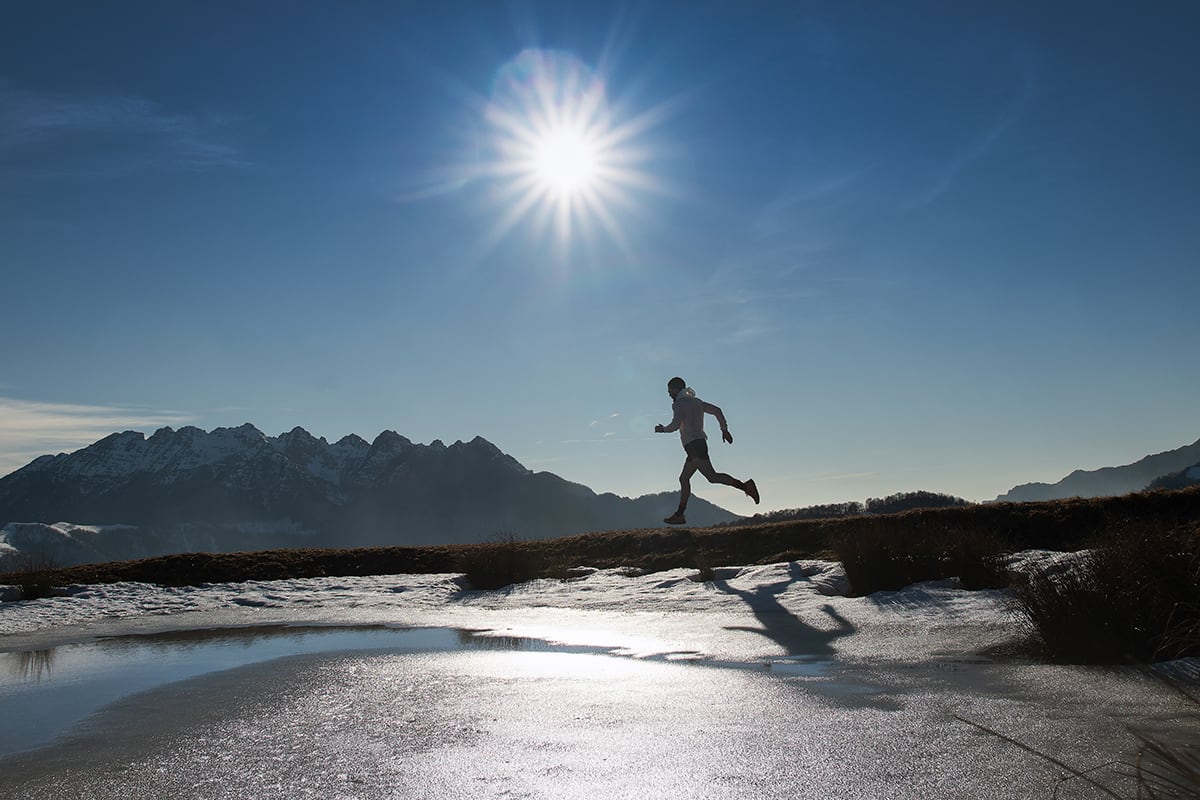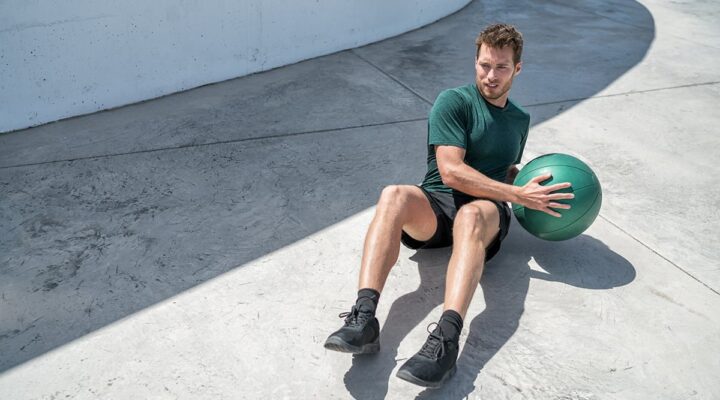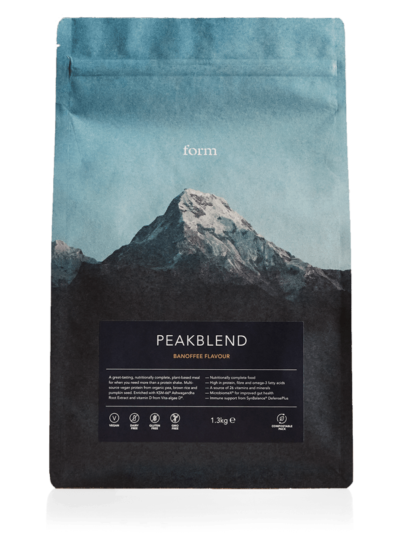The Secrets to Becoming a Speedier Runner, According to Ultra-Marathon Pros

Whether you’ve just downloaded Couch to 5K or you’ve already racked up some serious kudos on Strava, becoming a better runner is all about being consistent with your training.
But militantly churning out mile after mile will only get you so far on the track, and sometimes you need to introduce training techniques to help shave those stubborn seconds off your PB.
So who better to ask for advice than seasoned ultrarunners? Those resilient endurance athletes who regularly run distances that push far beyond the standard 26.2 miles.
From pacing strategies to kit must-haves, we tapped up a couple of the pros to hear their tips for running your fastest, breeziest time yet.
Run your marathon pace when you’re dog-tired
Ever cruised through your long training runs feeling great, only to hit a wall on race day? It might be because you’re not incorporating ‘fast finishes’, which condition your body to run faster while fatigued.
“A common mistake runners make is keeping their long runs too easy and never preparing their body to run marathon pace when tired,” agrees ultra-distance runner and coach Nathan Flear. “You can’t expect to hold 26.2 miles at a target pace if you’ve only ever practised it fresh.”
To fix this, Flear recommends including marathon pace segments later in your long runs. “For example, running 10 miles easy, then finishing with eight miles at your goal marathon pace,” he suggests. “This conditions the body to stay efficient under fatigue, while improving glycogen management and building the mental resilience needed when things start to bite on race day.”

Get specific with your gel timing
It’s all well and good spending hours gaining training mileage, but if you don’t take time to map out a decent fuelling strategy, you’ll hit the wall faster than you can say ‘newbie’.
“Your muscles can store roughly 90 minutes worth of glycogen, so to run a PB, you need to fuel early and consistently,” stresses Flear. “Aim for 60 to 90g of carbohydrate per hour (via training gels), starting within the first 20 minutes of your run. It’s so important to make sure to practise this in your long training runs so your gut has time to adapt,” he adds.
As well as fuelling on-the-go, water matters too. “You’ll want to pair your gels with a hydration plan that’s based on your sweat rate and sodium loss, which you can measure in training. Doing so will avoid a ‘late fade’ from either dehydration or electrolyte imbalance,” he notes.
Don’t go all out at the starting gun
Even seasoned runners often fall into the trap of starting too fast. “The idea of ‘banking time’ in the early miles might feel smart, but it almost always leads to blowing up in the final 10K,” notes Flear. “Instead, aim for even pacing or a slight negative split, making sure to practise this strategy ahead of time.”
If your training has been structured properly, Flear says it will give you a clear picture of your true marathon pace. “Trust it,” he assures. “Running strong in the final miles and overtaking others feels far better and is far faster than clinging on with nothing left. Get your pacing right, and you’ll save minutes without running a step faster.”
Get some bouncy new kicks
Choosing which shoes to run a marathon in can be as confusing as figuring out your pacing splits. “Carbon plated shoes like the Nike Alphafly or Vaporfly really do make a difference, but only if your fitness is there to back it up,” says Flear.
“They won’t carry you to the finish line, but if you’re marathon ready and well conditioned, they can take the edge off the fatigue in the later stages and give you a genuine performance boost.”
As he puts it: “Think of them as a legal advantage, worth a few minutes over the marathon distance.”
Scope the lay of the land
There’s nothing worse than turning up on race day and anxiously trying to get your bearings before the starting gun. “Make sure to do your homework before going into every race,” advises Becca Pizzi, race director of Runbuk’s Antarctic Ice Marathon.
“For example, I drive the course ahead of each race, so I know where the hills are, where the aid stations are positioned and what items are being offered at each checkpoint. Basically, you don’t want any surprises on race day,” says Pizzin, “especially if you’re planning to really go for it.”

Train in even the most miserable weather
Every runner hopes for cool temperatures and clear skies come race day, but the reality is, Mother Nature can be unpredictable.
“I train in cold conditions if I’m running a marathon in the snow, I run at all hours of the day if I’m preparing for an ultra, and I try to mix up the terrain and weather to be ready for anything race day throws at me,” Pizzi shares.
“Bad weather can be demotivating, but I make a point of getting out in the wind, rain and snow,” she continues, “because the more you expose yourself to different conditions, the less they’ll faze you when it counts.”


















